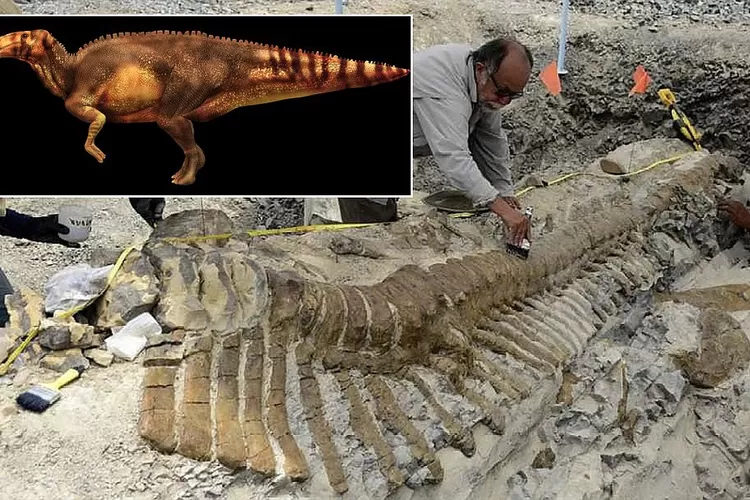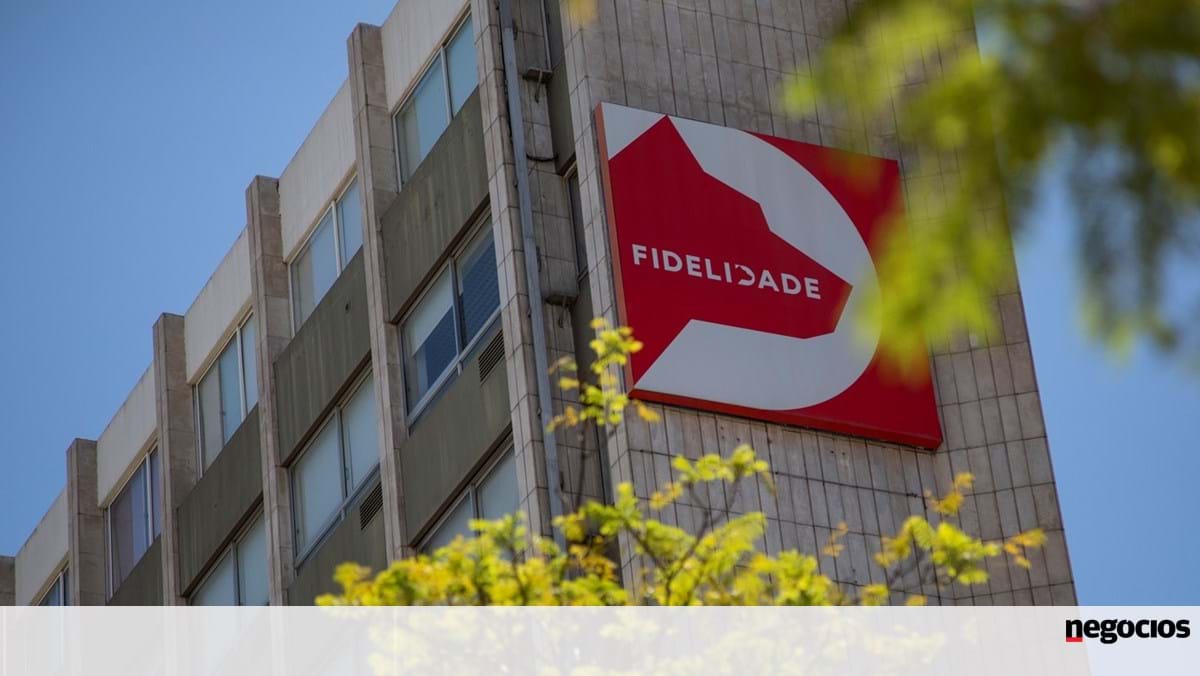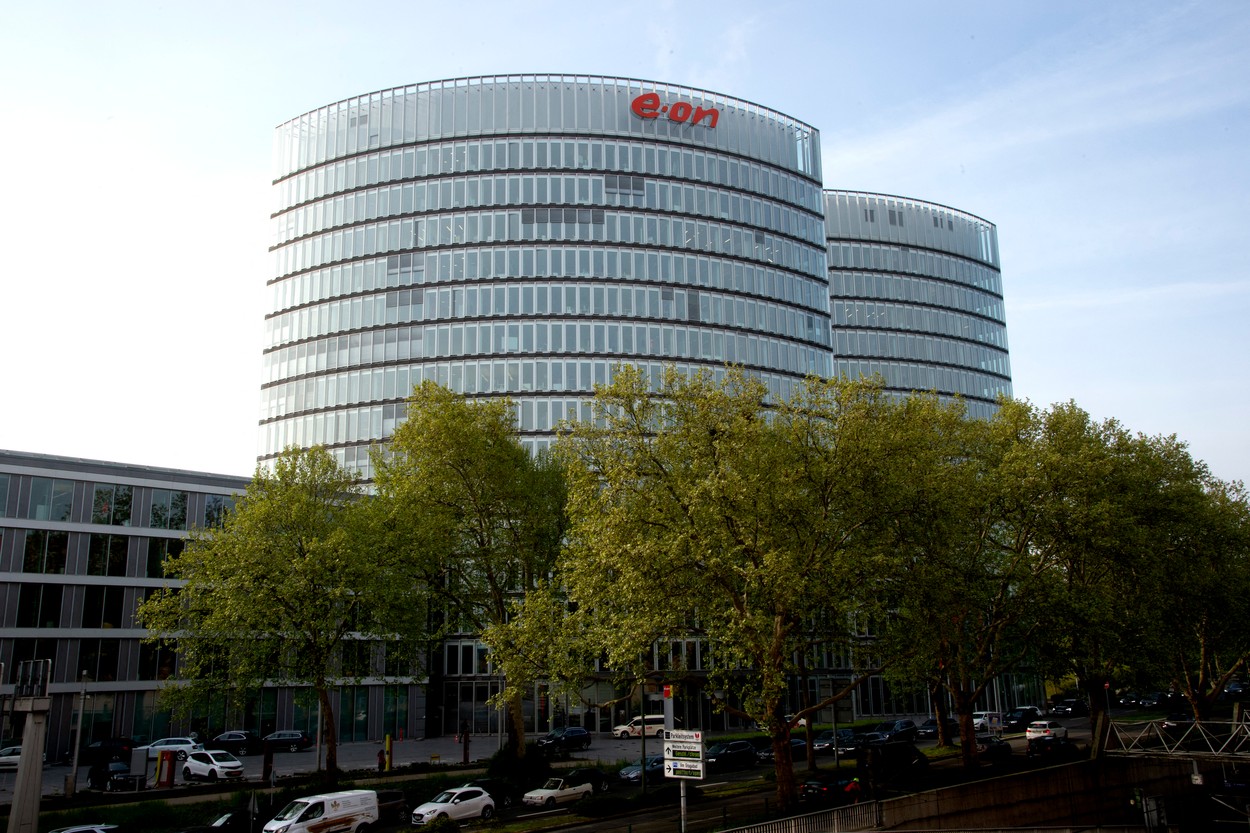#Madagascar #deprived #face #leprosy
They are initially simple spots that appear on the skin.
But in reality, this disease slowly eats away at the nerves, causing insensitivity in the limbs, deforming the hands, feet and faces. Leprosy has been a fear for millennia…
Fortunately, since 1982, a cocktail of antibiotics has helped cure more than 16 million patients around the world…. And for the WHO, the World Health Organization, leprosy has been eliminated as a public health problem.
Yet transmission remains active: more than 200,000 new cases are detected each year. These figures are very underestimated, according to the foundation Raoul Follereau, which underlines that “the reality on the ground, political instabilities, difficulties of access prevent the proper identification of cases: 50% of the affected populations in fact live in places of extreme poverty. »
One of the main centers of leprosy is precisely the island of Madagascar, hit by drought and cyclones. A country in complete economic and social disarray, three quarters of whose inhabitants live below the poverty line. A country where everyday concerns push the treatment of an illness that is even curable into the background.
Leprosy is transmitted by a very old bacillus, one even says “archaic”. It has changed little over the centuries. The bacteria is transmissible from man to man, but it is not very contagious – contrary to popular belief. In truth, most humans, with a somewhat strong immune system, manage to destroy this bacillus very easily. It is said that you have to be around a sick person for at least 4 weeks continuously and in a closed space to be contaminated.
On the other hand, fragile people, who do not have enough to eat or live in close proximity, for example, are not necessarily able to fight off the infectious agent when they encounter it. Leprosy is therefore primarily a disease of poverty and malnutrition.
Because in reality, it can be treated and cured very easily: you just need to take an antibiotic treatment.
More precisely a combination of three antibiotics, presented in the form of “platelets”. And the day after the first dose, the patient is no longer contagious.
That said, to protect themselves from the complications of leprosy – which are often called “leprosy reactions” – patients must take this polychemotherapy for 12 consecutive months, which is not easy. Especially in a country where health centers which should store these drugs in their pharmacies are often several hours’ walk from “leper” villages.
It is therefore essential to continue to detect as many cases of leprosy as possible in order to hope to eradicate the disease. In Madagascar, the PNL, the national leprosy control program, is responsible for the strategy implemented by the authorities to identify leprosy patients. But alone, the PNL would be very helpless because most of the financing is provided by charitable donors.
The State pays the salaries of the doctors responsible for the PNL – there are four – and provides them with offices. The drugs are provided free of charge by the Novartis Foundation and delivered to the country through the WHO. Private actors, that is to say in reality mainly the Raoul Follereau Foundation, ensure the operation of the screening and treatment missions for the leprosy, as well as the delivery of medicines to health centers.
It is therefore these teams, from the PNL and the Raoul Follereau Foundation, that we followed in the field. Very regularly they go to the various faith centers – often Catholic – which receive and treat the sick. First towards Port-Bergé, in the north of Madagascar. Then towards Fort Dauphin all the way to the South.
It is an invitation to travel to the country tormented by leprosy, a pathology which is so well treated but which remains an endemic scourge in countries of extreme poverty like Madagascar.
Tara Schlegel
Guests: Dr Emmanuelle Cambau, head of mycobacteriology department at the Bichât hospital, in Paris (AP-HP).
And Jean-Michel Wachsberger, sociologist, lecturer at the University of Lille, specialist in leprosy. Co-author of ” The enigma and the paradox: Political economy of Madagascar” (2017. Editions IRD)











